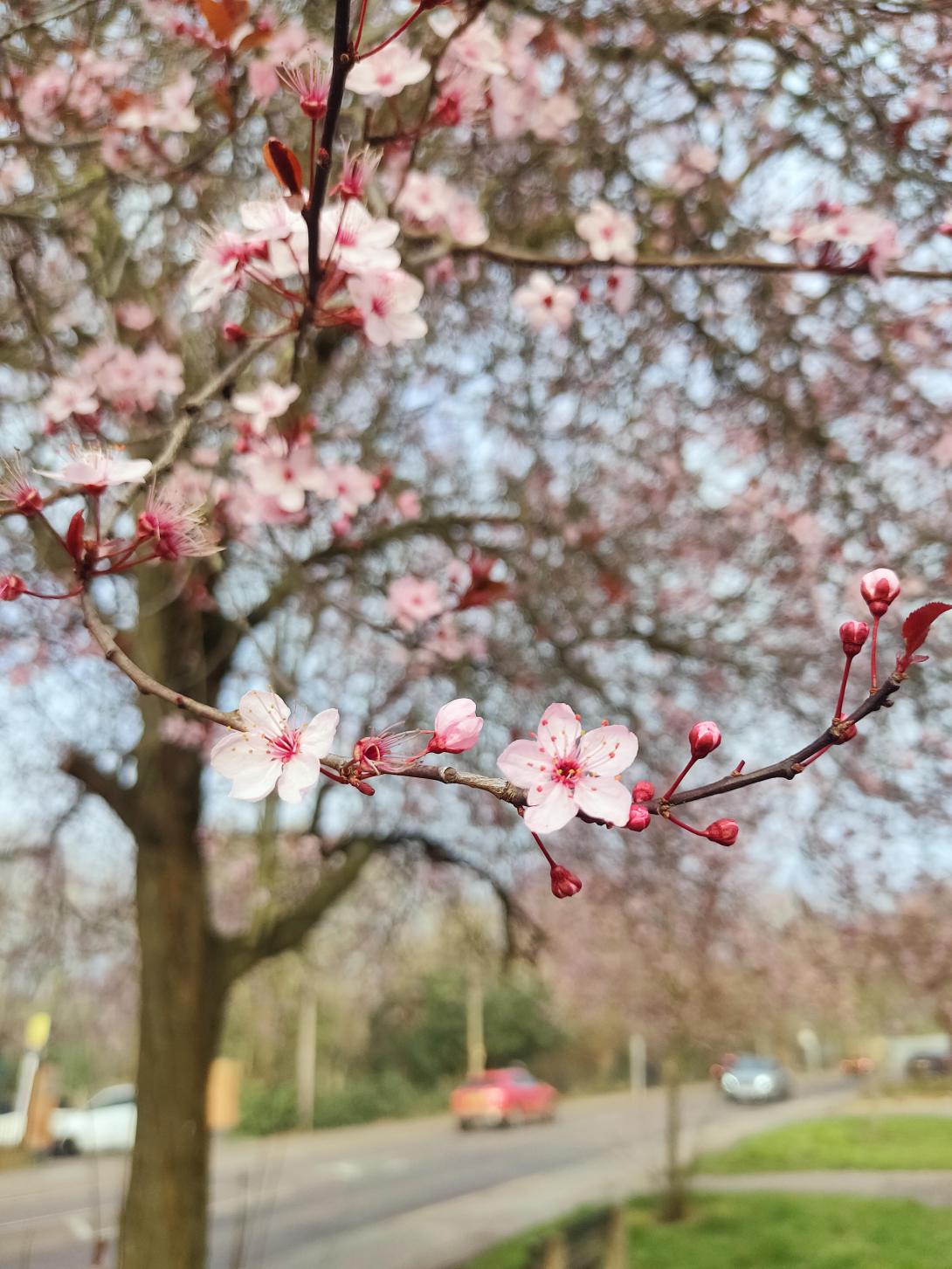Trees outside woodlands in England have been mapped by satellite and laser and the data is now freely available for the first time.
The mapping reveals that trees outside woodlands make up 30 per cent of the nation's tree cover.
The country’s top tree scientists at the UK Government’s Forest Research agency built a comprehensive picture of non-woodland trees across England, using one of the very latest methods of laser detection and satellite imagery.
It is hoped the map will allow conservation groups and local authorities to target tree planting efforts more accurately. The The map can pinpoint lone trees that could be connected to nearby wooded areas to create better habitat for wildlife. It went live on 5 April.
Forestry minister Mary Creagh said: "Our precious street trees improve air quality, mark the changing seasons and provide us with peace, shade and joy. Their value simply cannot be overstated.
“This groundbreaking new tree census will not only help us better understand our current tree canopy cover, but allow us to identify areas where we can create more nature rich habitats for wildlife and people to enjoy as part of our Plan for Change”
Sir William Worsley, chair of Forestry Commission said: “This has been a real endeavour by the team - the results are spectacular and will be invaluable to us as we strive to meet our legal target to increase tree planting cover.
“The map fills critical data gaps about our national tree assets, helping us understand this natural resource and the benefits it brings, including carbon storage. Many people - from citizens to governments – will use the map to make evidence-based decisions to improve management and protection of our trees.”
Trees outside woodlands are defined as single trees in urban and rural areas. These trees can play an important role in storing carbon, regulating temperatures, and mitigating against the impacts of climate change.
The project is funded by Defra’s Natural Capital and Ecosystem Assessment (NCEA) programme.
The map is fully automated thanks to its use of spatial datasets and can be updated regularly to capture changes in tree canopy cover.
The map is available here.
Freddie Hunter, head of remote sensing at Forest Research, said: “This is an exciting moment. By using a combination of aerial and satellite technology, we have been able to locate and measure all trees outside of woodland (TOW) for the first time. By combining the National Forest Inventory woodland map and the TOW map we have a complete picture of tree canopy in England.
“We used laser technology mounted on planes and images of the Earth’s surface captured by satellites to identify tree canopy cover across the breadth of the country. This will be vital in informing future tree-planting and monitoring.”

